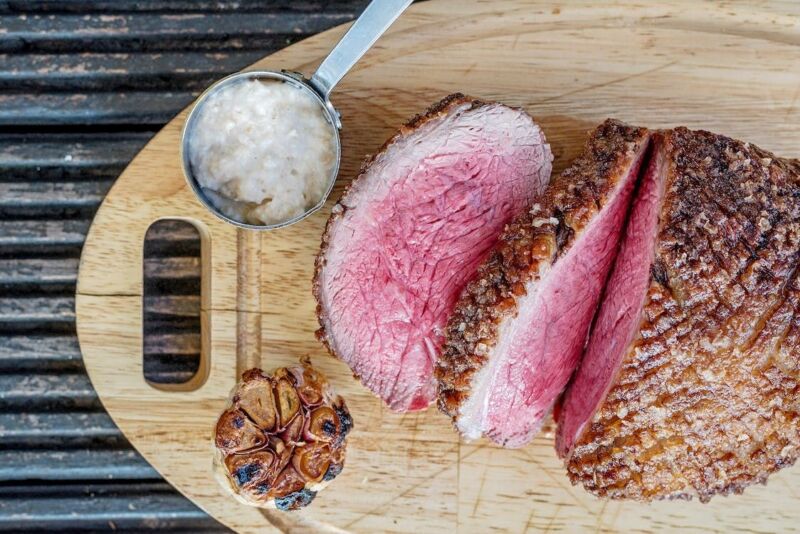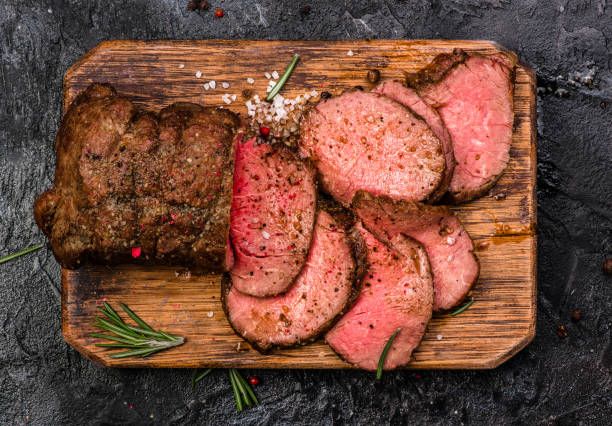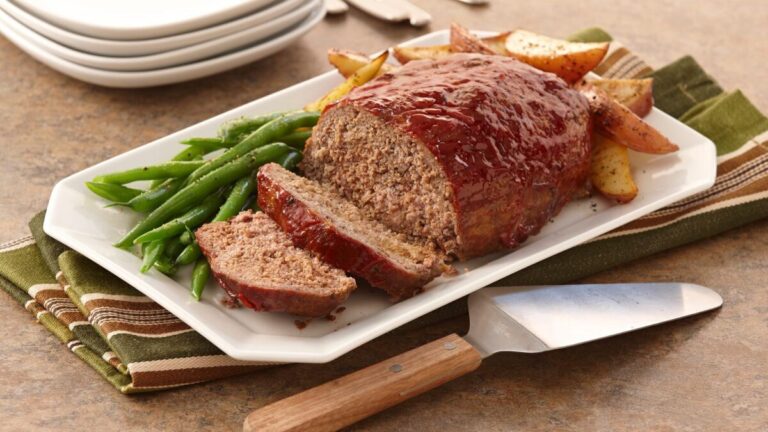How Long Does Roast Beef Last in the Fridge?
When it comes to storing food, especially meat, it is crucial to understand how long it can last in the fridge to ensure food safety. In this blog section, we will explore the topic of how long roast beef lasts in the fridge and provide you with important information to help you make informed decisions about your food storage.
How Long Does Roast Beef Last in the Fridge?
According to the United States Department of Agriculture (USDA), cooked roast beef can last for 3 to 5 days in the fridge. This timeframe is considered safe for consumption and helps to minimize the risk of foodborne illnesses. It is important to note that this duration applies to properly stored roast beef.
To avoid potential health risks, it is recommended to consume roast beef within this timeframe. After the recommended period, the quality and taste of the meat may deteriorate, and there is an increased risk of bacterial growth.
Factors Affecting the Lifespan of Roast Beef in the Fridge

Several factors can affect the lifespan of roast beef in the fridge. The initial packaging of the roast beef plays a significant role in determining its shelf life. Sealed packaging, such as vacuum-sealed or airtight containers, can help extend the lifespan of the meat by preventing exposure to air and bacteria. On the other hand, unsealed packaging, such as plastic wrap or foil, may not provide the same level of protection.
Proper storage conditions also play a crucial role in maintaining the quality and safety of roast beef. The fridge temperature should be set at or below 40°F (4°C) to slow down bacterial growth. Additionally, maintaining a consistent humidity level in the fridge can help prevent the meat from drying out or becoming too moist, which can affect its quality.
How to Tell When Roast Beef is Bad
It is important to be able to identify when roast beef has gone bad to avoid consuming spoiled meat. Here are some visual signs and tips to help you determine if your roast beef has gone bad:
- Visual signs of spoilage: Look for any mold growth on the meat’s surface or changes in color. If you notice any green, black, or fuzzy spots, it is a clear indication that the roast beef has spoiled and should be discarded.
- Rancid or rotten smell: A strong, unpleasant odor is a clear sign that the roast beef has gone bad. If you detect a sour, ammonia-like, or rotten smell, it is best to err on the side of caution and discard the meat.
- Texture and appearance: Pay attention to the texture and appearance of the roast beef. If it feels slimy or sticky to the touch, it is a sign of bacterial growth and spoilage. Additionally, if the meat appears discolored or has an unusual texture, it is best to discard it.
It is important to note that these signs may not always be present, especially in the early stages of spoilage. Therefore, it is crucial to follow the recommended timeframe for consuming roast beef and to trust your senses when determining if the meat is still safe to eat.
How Long Does Roast Beef Last in the Freezer?

Roast beef is a delicious and versatile meat that can be enjoyed in various dishes. If you find yourself with leftover roast beef or simply want to stock up on this delectable meat, you may be wondering how long it can last in the freezer. The good news is that roast beef can be stored in the freezer for an extended period, allowing you to enjoy it at a later time.
When properly stored, roast beef can last for 2-3 months in the freezer. This means that you can prepare a large batch of roast beef and freeze the leftovers for future meals. However, it is important to note that the quality of the meat may deteriorate over time, so it is best to consume it within the recommended timeframe.
To ensure that your roast beef stays fresh and flavorful in the freezer, proper packaging is crucial. Freezer burn is a common issue that occurs when food is not adequately protected from the cold air in the freezer. This can result in dry and discolored patches on the meat, affecting its taste and texture. To prevent freezer burn, it is recommended to wrap the roast beef tightly in plastic wrap or aluminum foil before placing it in a freezer-safe bag or container. This will create a barrier against the cold air and help maintain the quality of the meat.
How to Store Leftover Roast Beef
Properly storing leftover roast beef is essential to maintain its freshness and prevent any potential foodborne illnesses. Here is a step-by-step guide on how to store leftover roast beef:
- Allow the roast beef to cool down: After cooking, let the roast beef cool down to room temperature before storing it. This will prevent condensation from forming inside the packaging, which can lead to bacterial growth.
- Wrap or use an air-tight container: Once the roast beef has cooled down, wrap it tightly in plastic wrap or place it in an air-tight container. This will help preserve its moisture and prevent any odors from seeping into the meat.
- Store in the fridge: It is important to store the leftover roast beef in the fridge as soon as possible, ideally within 2 hours after cooking. This will slow down the growth of bacteria and keep the meat fresh for a longer period.
By following these simple steps, you can ensure that your leftover roast beef stays safe to eat and maintains its quality.

Safety Precautions
When it comes to food safety, it is crucial to be aware of the potential risks associated with consuming spoiled roast beef. While roast beef can be a delicious and nutritious meal, it can also pose health risks if not stored and handled properly.
To ensure your safety, it is recommended to discard any remaining roast beef after 4 days in the fridge. This timeframe takes into account the potential growth of bacteria that can cause foodborne illnesses. Consuming expired roast beef can lead to symptoms such as nausea, vomiting, diarrhea, and stomach cramps.
It is important to note that the quality of the meat may deteriorate over time, even if it is still safe to eat. If you notice any signs of spoilage, such as a foul odor, slimy texture, or unusual discoloration, it is best to err on the side of caution and discard the roast beef.






